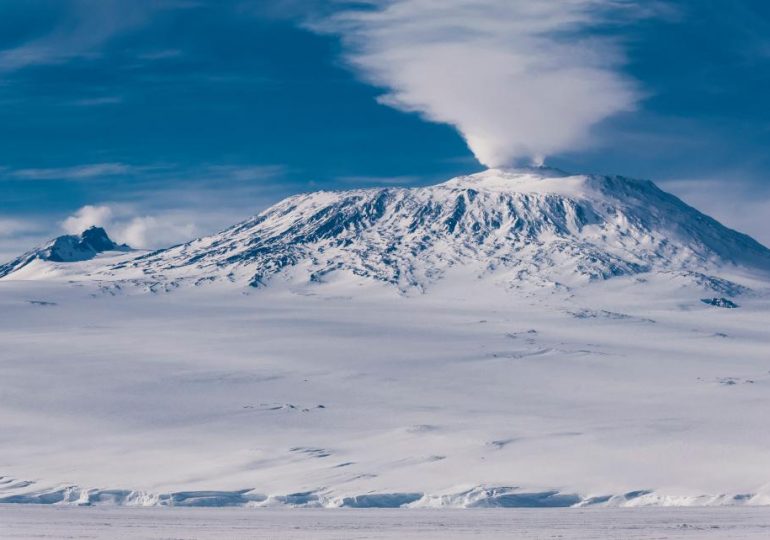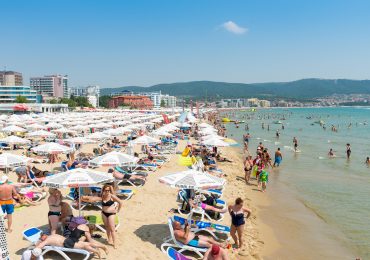THE WORLD’S highest volcano has been spewing gold dust worth a small fortune on a daily basis.
Amongst plumes of gas, steam, and rock bombs, scientists have found tiny specks of crystallised gold being emitted from Antarctica‘s Mount Erebus.
AlamyMount Erebus is the tallest active volcano in Antarctica at 12,448ft[/caption]
AlamyIt spews 80g of gold crystals every day that are estimated to be worth $6,000[/caption]
The infamous gold-spewing volcano was discovered in 1841 by Captain Sir James Clark Ross, who named it after his ship, but it has only been active since 1972.
The ice-capped continent is home to 138 volcanoes but only two, Erebus and Deception Island, are regarded as active.
Covered with ice and snow from the outside, the Erebus has a scorching hot lava lake inside its summit crater that has been continuously bubbling away since 1972.
Conor Bacon of Lamont-Doherty Earth Observatory at Columbia University in New York, told Live Science: “These are actually quite rare, as it requires some very specific conditions to be met to ensure the surface never freezes over.”
Scientists have revealed that during past episodes of volcanic activity, Mount Erebus has been known to spew boulders of partially molten rock known as “volcanic bombs”.
The beast of a volcano – towering at an impressive 12,448ft – also regularly releases gas and steam which contain metal.
The plumes of gas are loaded with tiny crystals of metallic gold that measure 20 micrometres.
Although miniscule, Mount Erebus pumps out around 80g of these specks of gold on a daily basis – which experts estimate to be worth $6,000 (£5,000).
The gold particles are carried by 1000 °C hot gas to the surface and crystallise at the crusty surface of the lava.
Scientists have suggested that these particles then travel through the air, as the “gold dust” has been found 621 miles away from the source.
Philip Kyle of the New Mexico Institute of Mining and Technology, told NewScientist that formation of gold is only possible thanks to the calm nature of the volcano.
As Mount Erebus emits gas slowly, the gold particles have enough time to form into crystals.
He went on to explain that this is a unique process that would prove impossible on other volcanoes which has more violent eruptions.
Mount Erebus also made headlines in 1979, when an Air New Zealand flight tragically crashed into the mountain, killing all 237 passengers on board.
The flight, which was part of an Antarctic sightseeing tour, was supposed to fly over the continent before returning to Auckland on the same day.
The aerial tour went ahead in spite of weather warnings, which led to the fatal crash.
The biggest aerial disaster in Antarctica is believed to have been caused by the whiteout – a weather condition in which all light objects blend together.
The technical error had also directed the flight the wrong way with the pilot trusting the computer and confusing the face of the mountain with ice and snow below.
Just six years later, a Japanese Air Lines flight flew into Mount Osaka in the world’s deadliest single-jet crash.
Meanwhile, thousands have been forced to flee their homes after a volcano in the Pacific Ring of Fire erupted five times in a row.
Officials fear that part of Mount Ruang, Indonesia, could collapse after the massive eruption and cause a tsunami.
AlamyThe mountain spews gas and steam, and occasionally ‘volcanic bombs’[/caption]
Leave a comment








